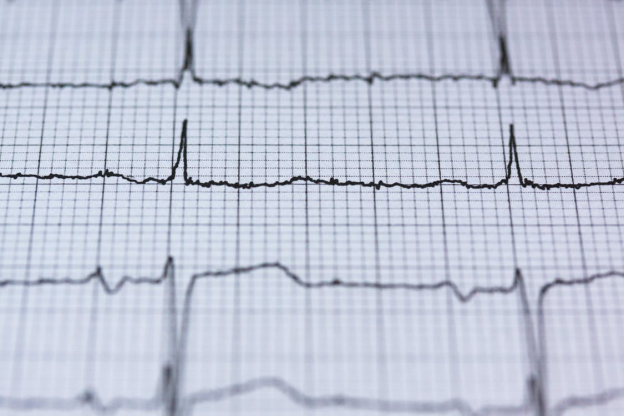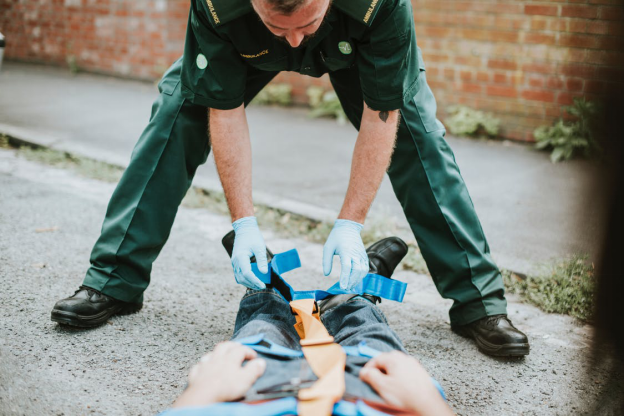Sudden cardiac arrests (SCA) occur when an individual’s heart is unable to pump blood due to arrhythmia in the lower chamber of the heart. They can happen to anyone—no matter how young or old they are.
According to the Heart and Stroke Foundation, in such cases, time is of the essence. Therefore, knowing how to use a defibrillator and perform CPR can potentially help save lives.
Let’s take a look at how you can operate a defibrillator in an emergency.
What Exactly Is A Defibrillator?
Defibrillators are also referred to as ‘automated external defibrillator’ (AED). It’s an easy-to-use device that delivers targeted electric shocks to the heart. This device is used to treat arrhythmia in individuals. Besides that, it can also be used to restore a heartbeat in case of a sudden cardiac arrest.
Step-By-Step Guide to Using a Defibrillator
Defibrillators aren’t complex, but it’s important to use them right so as to not put people in danger. Here’s a step by step guide:
- Double-check to make sure it’s cardiac arrest: Before you use a defibrillator on the patient, ensure that they are indeed going through cardiac arrest. See if they respond to physical stimuli such as shaking. Also check for breathing. However, if they remain unconscious, it’s time to take immediate action.
- Call the emergency services: Once you’ve assessed that it’s an emergency, call 911. Brief them about your location and what’s happening. You should also let them know that you plan on using the defibrillator while they get to the location.
- Procure the defibrillator:Defibrillators are often installed in walls in public spaces and workplaces. So hopefully, you shouldn’t have any difficulty finding one.
- Make sure the patient is dry: Before you turn on the device, make sure the patient isn’t wet. If they are, wipe down the chest area immediately. Keep in mind; it’s extremely dangerous to operate a defibrillator on a patient who’s wet. Similarly, never use the device in wet areas, such as the beach. Instead, carry the patient to a dry area.
- Prepare the patient: Cut through the patient’s shirt. If the patient has a lot of hair on their chest, use the razor that comes with the machine. You should also check whether the patient has any implanted devices. Similarly, remove any sort of metal jewellery to electrocution. If you’re dealing with a female patient, remove the bra if it has an underwire.
- Apply the adhesive pads: Place one of the pads below the patient’s collarbone on the right side. Now place the other one, below the pectoral muscle. If the patient has a pacemaker, place the pad at least an inch away from it.
- Press the Analyze button: With the pads in place, press the Analyze button on the machine. Within a few seconds, you’ll see the machine analyzing the heartbeat. The machine will now tell you to either proceed with shocking the patient or simply continue the CPR while help arrives.
- Press the Shock button: If the defibrillator advises you to shock the unconscious person, press the Shock button on the machine. This will deliver an electric shock to help restore the heartbeat.
- Give CPR: Once the shock has been delivered through the electrodes, give CPR to the patient. After two minutes, let the defibrillator analyze the heartbeat again. Continue doing this until the emergency services don’t arrive.
Knowing how to save a life can be one of the most important skills that you can learn. At Metro Safety, we’re dedicated to providing certified emergency first aid training and workplace safety courses, to individuals looking to be prepared for emergencies.
If you’re in British Columbia, get in touch with us today!








